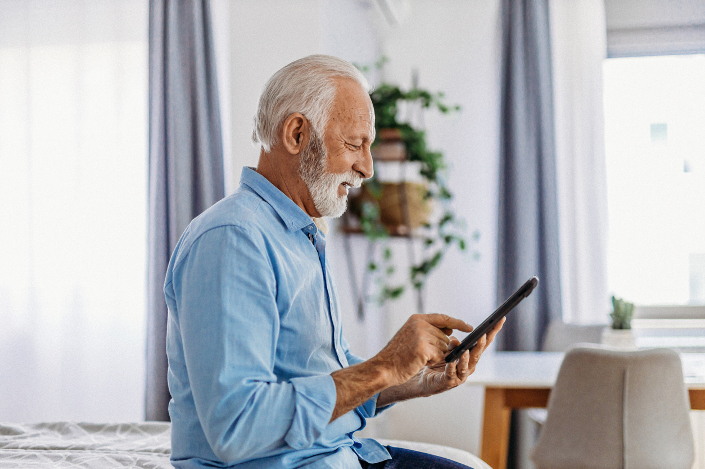How technology is increasing patient access to healthcare
by Marc Valls, October 20, 2022

Over the past several years, we have all seen how technology is playing a larger part in the management, research, and monitoring of diseases, resulting in new models of care and research around the world. This technological change has created greater patient accessibility to initiatives in remote monitoring and research projects, as well as various programs for patients, all driven by the COVID-19 pandemic.
In the case of research projects, as we previously noted in the article “What is a Decentralized Clinical Trial and what advantages does it offer?”, decentralized clinical trials have enabled patients to participate in clinical trials from their homes, carrying out the monitoring remotely. This provides a benefit that is especially important for patients with rare diseases, as these patients often encounter greater barriers due to geographical dispersion, and for patients who live in small towns and are distant from the hospital or referral sites.
Other initiatives that are helping to improve the quality of care and patient access and have been bolstered by technology are projects for remote follow-up. Through this approach, healthcare professionals can determine the status of patients in real time, while the patient does not have to visit the hospital if it is not necessary. This offers quality care and treatment that is adapted to each person. These types of projects are already demonstrating significant benefits for both professionals and patients, as in the remote monitoring program in Extremadura for patients with Type 1 diabetes.
In addition, programs for patient support through digital platforms and applications are gaining prominence. Thanks to these tools, it is possible to collect data from patients at the same time that useful information is provided to them, with the goal of improving important aspects like therapeutic adherence or preparation before a procedure. These types of programs promote self-management of the disease, helping the patients maintain the treatments and care from home.
These types of initiatives, in addition to generating improvement in the patients’ health and quality of life, also produce an important social impact in economic and social terms, saving time and money. In addition, technology puts into reach types of care and clinical trials that some patients would otherwise find inaccessible, thus impacting their physical and mental states.
All of this is possible with Caaring®, our digital platform that enables the implementation of projects extending from decentralized clinical trials in which the data are reported by the patients, to remote monitoring and follow-up of diseases, all the way to support programs through which real-life data are collected at the same time as tasks and educational materials are sent to the patient.
In this way, according to Informe Tendencias 2021, we see that the new technologies that are being incorporated into the healthcare environment have facilitated access to medical care, improved health equity and inclusion in clinical trials, and also promoted the implementation of projects in low-prevalence diseases. All of this reduces healthcare costs. In addition, they have generated a social impact for patients, as they can save time and money, and access new therapies, thus realizing a direct effect on their emotional and physical states.
Share

Marc Valls
Business Development
Persei vivarium
